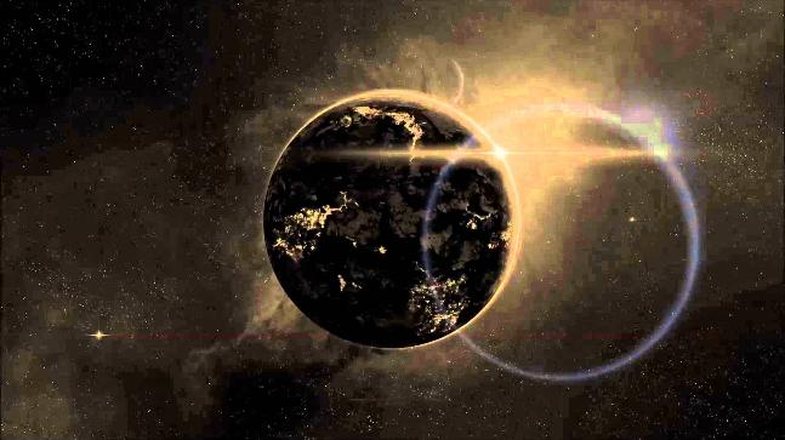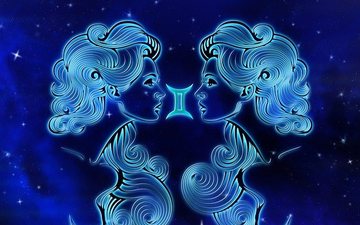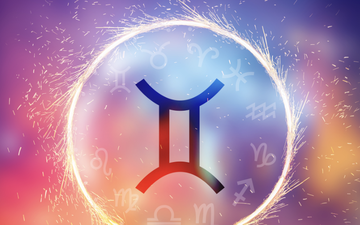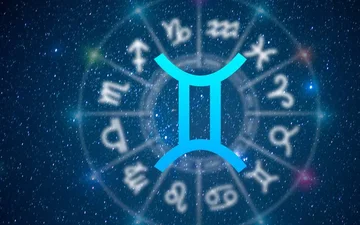
A Jupiter-sized planet has been found orbiting a white dwarf star - stellar nuclear remnant - providing clues as to what will happen to our solar system when the sun, a star, eventually dies.
An international team of astronomers observed the phenomenon, which occurs when a star no longer has nuclear fuel to burn and is extinguished. The distant planet, a gas giant 1.4 times the mass of Jupiter, was able to survive the star's extinction.
Scientists say the discovery is consistent with previous calculations. Although the phenomenon was predicted, it had never been observed before. The lead author of the study, Joshua Blackman of the University of Tasmania, said:
"We predict that this planet will have a distance with the white dwarf star between 2.5 and six times the distance of the Earth from the sun, which is similar to that of Jupiter."
Blackman said the discovery shed light on what will happen when the sun runs out of fuel.
"This is the first time we have found a system that resembles what we expect to happen to our solar system in five or six billion years."
In five billion years, the sun is expected to expand, becoming a "red giant."
"In this process, the inner planets are likely to disappear. "Mercury and Venus are likely to be destroyed," Blackman said.
The land may survive the event, but will not be habitable. Once the sun is completely out of fuel, it will be a "white dwarf".
White dwarf stars give off only dim light, making them virtually impossible to observe directly from ground-based telescopes. The team found the star "dead" using a technique where light from a distant planet is bent by the gravity of a nearby star.
The discovery was "completely unexpected," Blackman said. "We were expecting to see a normal star like our sun. So we spent many years trying to figure out the data and trying to determine if we made a mistake."
Sources: Guardian, Science News





